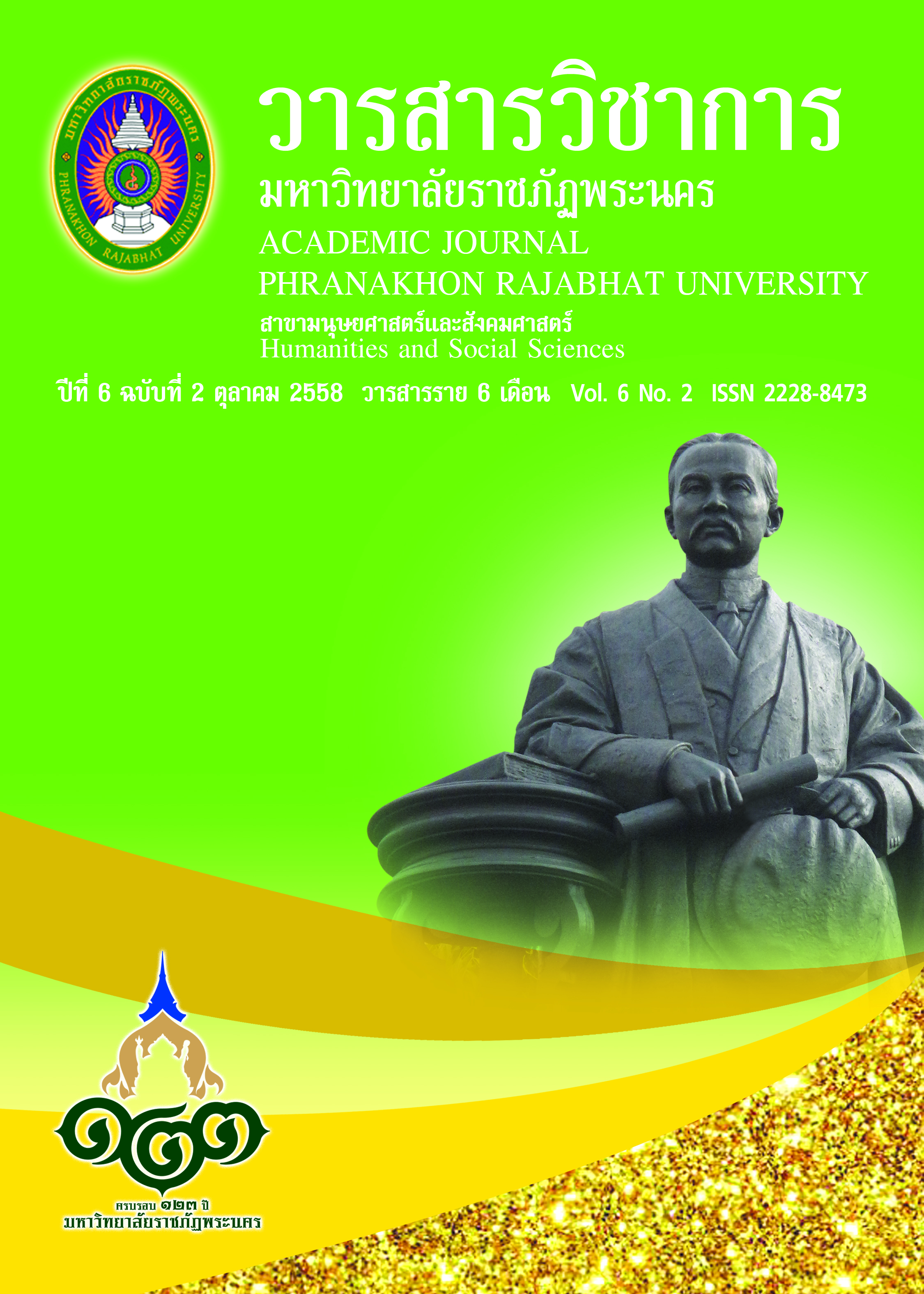การวิจัยการแปลคัมภีร์พระไตรปิฎก
Keywords:
อธิกรณ์, อธิกรณสมถะ Case, TransectionAbstract
วัตถุประสงค์ของการวิจัยการแปลคัมภีร์พระไตรปิฎก 1) เพื่อการศึกษาและเผยแผ่พระพุทธศาสนาอย่างลึกซึ้งและกว้างขวางทั้งแก่ชาวไทยและชาวต่างชาติ 2) เพื่อศึกษาเกี่ยวกับความผิดและวิธีการตัดสินคดี และ 3) เพื่อแสวงหาวิธีการและกฎเกการแปลคัมภีร์พระไตรปิฎก วิธีการดำเนินการวิจัยและแปล ผู้วิจัยใช้วิธีการวิจัยเชิงคุณภาพ (Qualitative Research) โดยการศึกษาวิเคราะห์การแปลพระวินัยปิฎก จุลลวรรค เล่มที่ 6 ที่ตรวจชำระโดยมหาเถรสมาคม ในพ.ศ. 2549 ศึกษาวิเคราะห์การประพฤติผิดและวิธีการตัดสินคดีที่ปรากฏในพระวินัยปิฎก แสวงหาวิธีการและกฎเกณฑ์การแปลภาษาบาลีเป็นภาษาอังกฤษ ผู้วิจัยได้รวบรวมปทานุกรม พจนานุกรมฉบับต่างๆ เป็นเครื่องมือในการแปล ในการแปล พยายามรักษาโครงสร้าง เนื้อหาให้ตรงกับต้นฉบับ เพื่อให้การสื่อความหมายในภาษาอังกฤษสอดคล้องกับภาษาบาลี คำศัพท์เฉพาะและหัวข้อ ผู้แปลได้ใส่วงเล็บเป็นอักษรโรมันไว้เพื่อป้องกันความสับสนไว้อีกชั้นหนึ่ง เมื่อแปลเสร็จแล้ว ได้วิจัยเนื้อหาที่แปลและส่งให้ผู้เชี่ยวชาญได้ตรวจความถูกต้องก่อนพิมพ์ ในการแปล ผู้แปลได้กำหนดหลักเกณฑ์การแปล ศึกษากฎเกณฑ์การแปลจากตำราการแปลประกอบด้วยเพื่อเป็นแนวทางสำหรับผู้แปลอื่นๆที่มีความสนใจที่จะแปลคัมภีร์พระไตรปิฎก องค์ความรู้ที่เกิดจากการวิจัย และการแปล ผู้วิจัยพบว่าในการพิจารณาความผิดของภิกษุทั้งหลาย พระพุทธเจ้าทรงกำหนดแนวทางการวินิจฉัยอธิกรณ์ไว้แล้วตลอดถึงทรงวางวิธีการตัดสินความผิดที่เรียกว่า อธิกรณสมถะ 7 ประการคือ 1) สัมมุขาวินัย 2)สติวินัย 3) อมูฬหวินัย 4) ปฏิญญาตกรณะ 5) เยภุยยสิกา 6) ตัสสาปิยสิกา และ 7) ติณวัตถารกะ
The objectives of research entitled research on translation of Tipiṭaka scripture into English were 1) to study and propagate Buddhism widely for Thais and foreigners, 2) to study the offence and how to justify the offence in Buddhism, and 3) to seek the methodology and rules of translation. This was a qualitative research on translation and that the Vinaya Tipitaka volume VI was chosen to translate into English by using the lexicons and dictionaries as the translation tools. During the process of translation, the translator tried to preserve the structure and contents in order to keep the English meaning consistent with the Pāli original. Especially, terminology and topics had been put in the brackets to prevent confusion. Before printing, the translated version had been checked by the experts for correction of contents and structure. The principle of translation had been investigated from the texts and academic documents to establish the translation guidelines for the further study. The body of knowledge from the translation of Vinaya Tipiṭaka volume VI was that considering the cases and the method of calming the cases were established by the Buddha. The Blessed One had established seven methods of cases decision as follows: 1)verdict of presence (Sammukhāvinaya), 2) verdict of innocence (Sativinaya), 3) verdict of past insanity (Amūlhavinaya), 4) proceeding on the acknowledgement (Patiññātakaraṇa), 5) decision according to the majority (Yebhuysikā), 6)decision for specific depravity (Tassāpiyasikā), and 7) procedure for covering over with grass (Tiṇavatṭhāraka)
Downloads
How to Cite
Issue
Section
License
"บทความวิชาการในวารสารฉบับนี้ ถือเป็นความรับผิดชอบของผู้เขียนเท่านั้น"
สงวนลิขสิทธิ์ตามพระราชบัญญัติลิขสิทธิ์




